
Illegal Excavation in Türkiye’s Tokat Uncovers Rare Roman Mosaic
An illegal excavation in the Zile district of Tokat province has led to the unexpected discovery of a colorful Roman-era mosaic, shedding new light on the region’s rich and ancient history. Archaeologists believe the intricately designed floor mosaic may have once adorned a public building during the Roman period. Tokat is known as one of
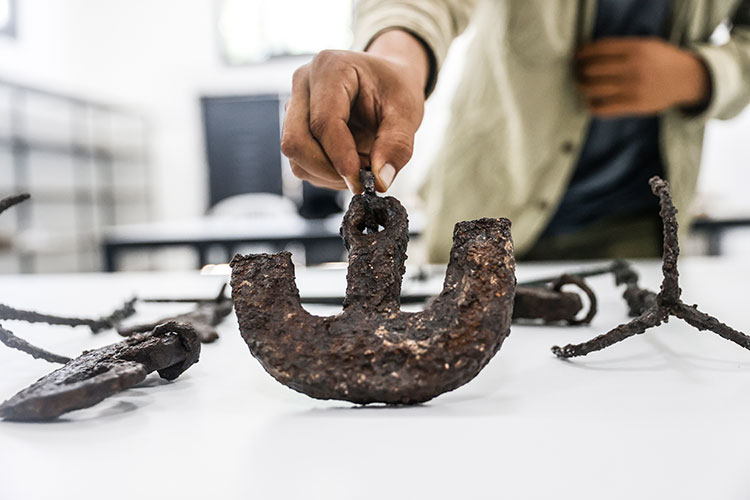
1,600-Year-Old Set of Weights Shaped as Ancient Greek Letters Discovered in Uzuncaburç Ancient City
Archaeologists uncover a complete weighing system from Late Antiquity during excavations in southern Türkiye A team of archaeologists has uncovered a rare 1,600-year-old weighing set — including five iron weights shaped as Ancient Greek letters — during excavations at Uzuncaburç, an ancient city located in the Silifke district of Mersin, southern Türkiye. The discovery sheds
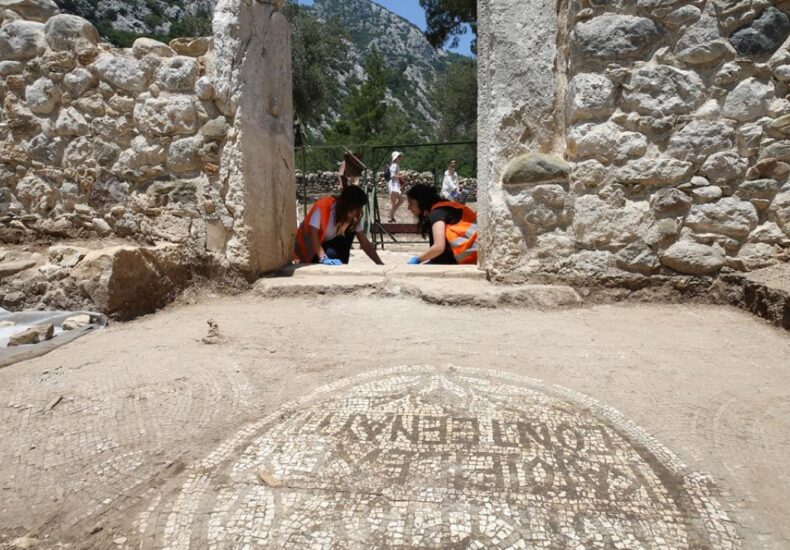
A mosaic inscribed with “Only those on the right path may enter” has been unearthed at the entrance of a church in the ancient city of Olympos
A new mosaic inscription has been uncovered at the entrance of a Byzantine-era church in the ancient city of Olympos, located in the Kumluca district of Antalya, Türkiye. The inscription reads: “Only those on the right path may enter,” offering a striking glimpse into the spiritual symbolism of the site. Excavations at the ancient city

Carian Princess: The Enigmatic Queen of Bodrum from Thousands of Years Ago
In the heart of modern-day Bodrum, Türkiye, a remarkable archaeological discovery from 1989 continues to intrigue historians and visitors alike. During a routine construction inspection in the Yokuşbaşı neighborhood, a rock-cut burial chamber was uncovered—one that would soon reveal the story of a noble woman from ancient Caria. Though her exact identity remains a mystery,
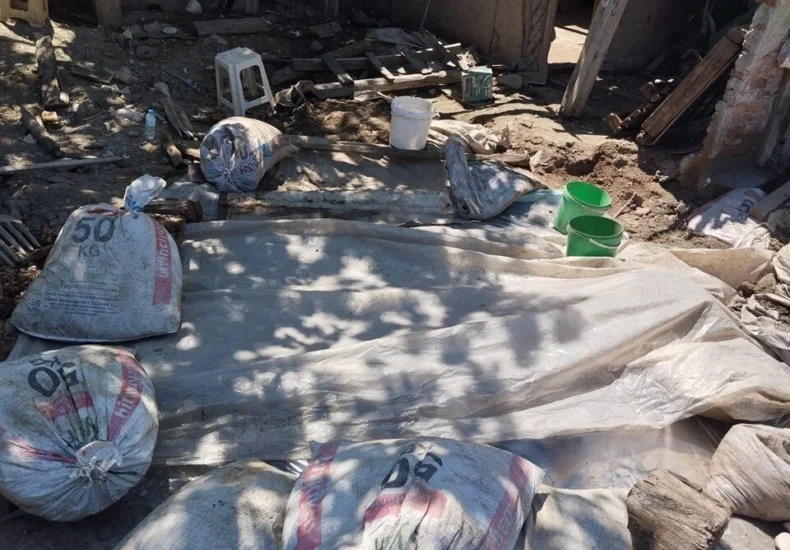
Illegal Excavation Uncovers 2,000-Year-Old Roman Mosaic in Zile
In Zile, a district in Türkiye, four individuals conducting an illegal excavation uncovered a 2,000-year-old Roman mosaic. The operation carried out by gendarmerie forces led to the recovery of the historical artifact and the arrest of those involved in the excavation. Illegal Excavation Reveals a Hidden Roman Treasure The Gendarmerie Command in Zile discovered that
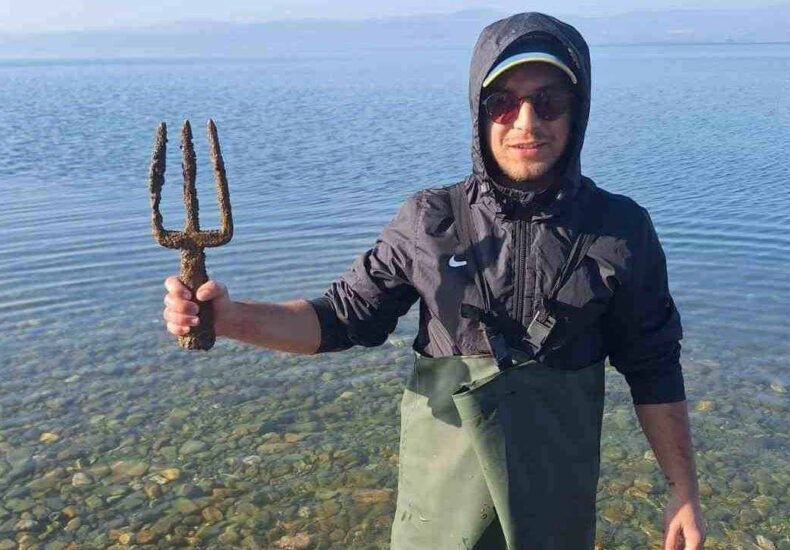
Spearhead Believed to Be Poseidon’s, Possibly Roman, Unearthed in Lake İznik
In the early hours of the morning, Osman Erim and his friends cast their nets into Lake İznik to catch silverside fish. While retrieving the nets, Erim noticed an unusual, metallic object entangled among the fish. Suspecting it might be of historical value, he contacted the local museum without hesitation. “While pulling up the nets,

77th Year Excavations Begin at Kültepe Kanesh-Karum Archaeological Site, Tracing 6,000 Years of History
The 77th year of excavations is commencing at the Kültepe Kanesh-Karum Archaeological Site, where archaeological findings and documents dating back 6,000 years are being unearthed, known as “the place where Anatolian history began.” Excavation Head Prof. Dr. Fikri Kulakoğlu stated, “We are also trying to shed light on the period approximately 4,500 years ago. Before

Mancılık Church, Once a Local “Central Bank,” Plundered by Treasure Hunters, Awaits Restoration
The Mancılık Church, located in the village of Mancılık in the Kangal district of Sivas, and whose history is unknown, has become a target for treasure hunters. The historical structure, which has been plundered by treasure hunters for years, is awaiting restoration to be brought into tourism. According to the villagers, the church once served

Cattle were domesticated not only in the Middle East but also in Africa, according to Polish archaeologists
A new study conducted by Polish archaeologists reveals that the domestication of cattle was not limited to the Middle East, but also occurred independently in Africa. The examined animal bones indicate that cattle breeding began around 10,000 BC in the Central Nile Valley. These findings suggest that domestication processes took place in both regions during
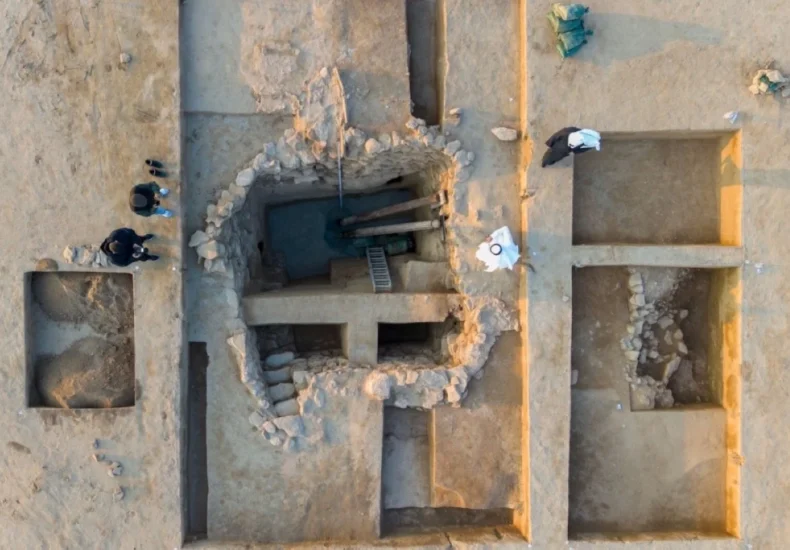
Historical Discovery on Failaka Island: 1400-Year-Old Water Well and Precious Stones Unearthed
Failaka Island has once again proven its significance on the stage of history with recent archaeological excavations. The discovery announced by the Kuwait National Council for Culture, Arts, and Letters (NCCAL) includes a large water well found in the courtyard of a magnificent house dating back to the 7th and 8th centuries AD in the
